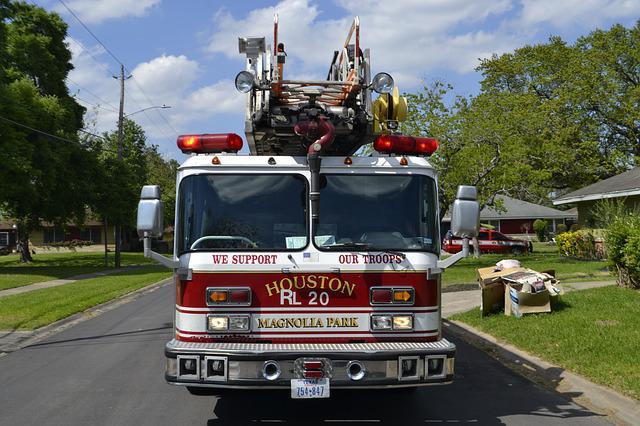Smart homes can help cut carbon emissions drastically
Consider yourself lucky if you didn’t face the recent heat wave. To escape that, you either had to be abroad or be one of the eight per cent of households in India who afford to have air-conditioning. This is climate change, and we feel its impacts like storms and floods close to home. Devastated vegetables, grains and fruit crops bore the impacts.
Governments move slowly, but as consumers, we can act more nimbly to close the climate divide. We can begin with three things with changes in food, travel, and the spaces we live in. Let’s see what we can do for the buildings and spaces we inhabit.
How much do buildings matter? Buildings contribute to about 40 per cent of the global greenhouse gas emissions. Temperatures within our cities will rise by 3-4ºC. Our buildings need to be the first defence against such climate change events but only if we build them smartly.
For most people, a home is possibly the biggest life investment. So, being smart means building and operating your home to protect this investment and make it work for you.
Being smart means making new and existing buildings net-zero for energy and water, and building them for improved health and resilience. Going Net-Zero Energy involves minimising the energy use and using renewable energy like Solar PV to offset that minimal energy use. Since cooling and heating consume about 50 per cent energy, one can tackle this first by avoiding apartments with windows facing East and West directions where the low angle sun causes discomfort.
Large glass windows can be avoided, for the window area should be 30 per cent or less of the exterior wall, which should be shaded with balconies. Movable exterior screens can be added to let the sun in only when required. Thick or insulated walls should be opted, and AAC (autoclaved aerated concrete) blocks provide good thermal insulation.
Gadgets such as ACs, refrigerators and TVs should be three-star rated, while ceiling fans should be in all rooms. The ACs are kept at 25ºC or higher with the ceiling fans on. The ACs can be programmed to higher temperatures after one falls asleep, or even turn it off.
Going ‘Net-Zero Water’ isn’t easy, but most people can get 50-75 per cent of the way there. For this, aerators be used on taps, and water-efficient showerheads be installed, while there should be dual flush toilets. IAPMO’s WEP-I star rating may be used as a guide.
In the garden, water guzzling lawns are minimised and plant native/ adapted species be kept, which will boost the biodiversity of birds and other fauna.
Efficient drip irrigation can also be employed, while also providing ponds or water baths for birds and animals to help them cope with climate change. Rainwater should be stored and used for washing and bathing, while recharge pits be built to recharge bore wells.
Buildings should be made healthy and climate resilient, which is a no-brainer, as it improves the long-term value of the property. Apartments and houses should have every room with good natural ventilation, while low-VOC (volatile organic compounds) be used which will improve indoor air quality.
Installing an inverter/ battery and connecting ceiling fans, lights, internet equipment and refrigerator to it can also be tried, with a solar photo-voltaic system connected to the battery.
Sites in flood prone areas should be avoided, and floor levels be raised to avoid regular flooding, while all electrical be kept above the flood level. Underground tanks should be secured so that flooding does not contaminate water. Building elements should be tied down to secure from wind and storms.
(The author is Director, Solar Decathlon India.)
Source: https://www.dailypioneer.com/2022/columnists/build-smart-homes-to-overcome-heatwave.html



